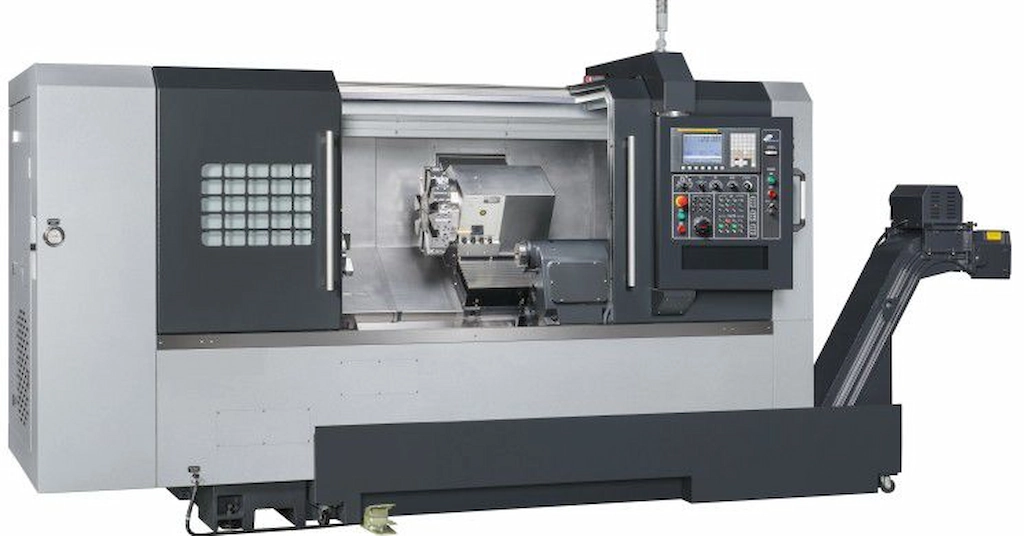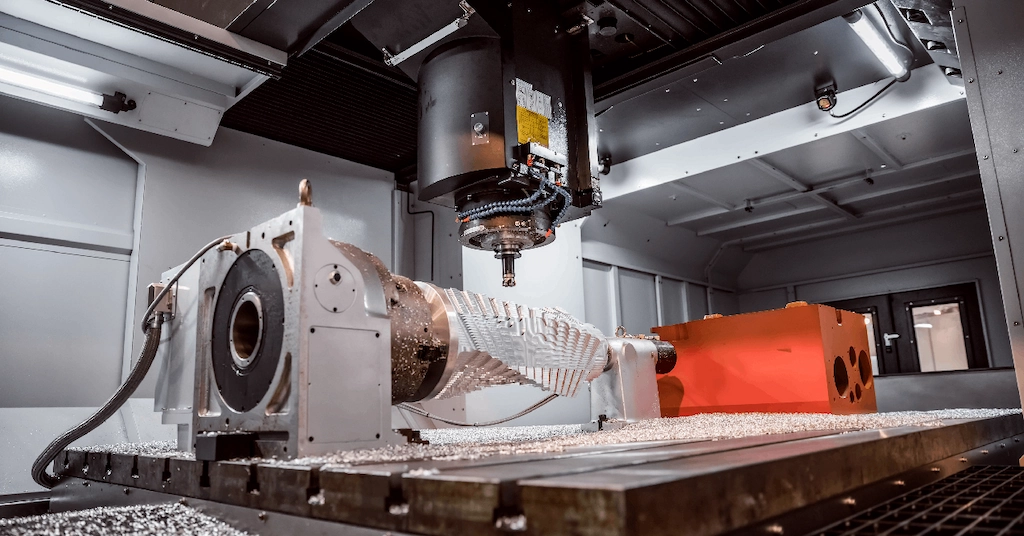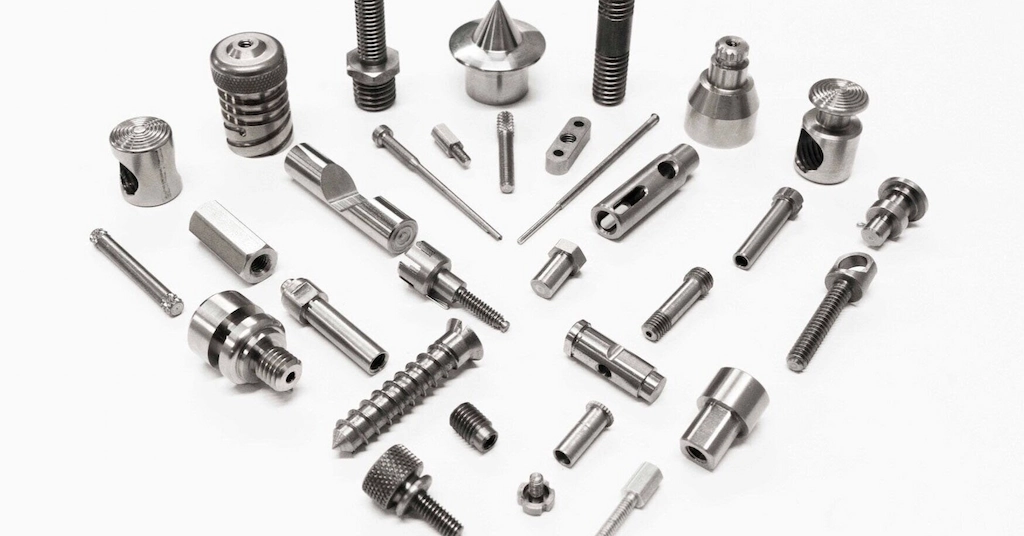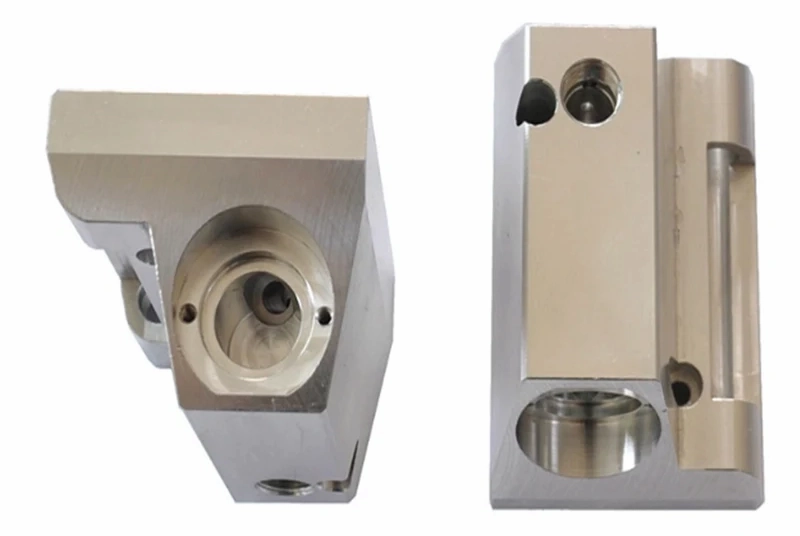“Either lathe or mill, both types of machines have a significant role in manufacturing. Lathe is preferred for cylindrical parts but milling suits for flat & curved surfaces”

Machining equipment and tools have led the manufacturing sector since the Industrial Revolution. Different machines are popular for shaping the raw material into designed shapes. In this context, Milling and lathe machines stand at the front foot. Therefore, it is essential to grasp the difference between Milling Machine Vs. Lathe. These machines have differences in the workpiece rotation, speed, material handling, machining operations, and more.
This article will discuss the Mill vs. lathe in detail, comparing the various aspects of these two machines.
What is a Lathe Machine?
It is an equipment or tool that removes the material of a rotating workpiece by applying a cutting tool to it. As the lathe machine mechanism involves feeding the cutting tool into a revolving work bar, this machine is suitable for cylindrical shapes or geometries.

CNC lathe machine
Traditionally, manual lathes were the main tools to create smooth cylindrical surfaces by removing unwanted material as chips.
Advantages of a Lathe Machine
- A lathe machine can process diverse materials, metals, composites, and plastics.
- You can perform different machining operations with a lathe, cutting, drilling, threading, knurling, etc.
- CNC lathe Techniques enable complex geometries and features with tight tolerances.
- The machine can produce medium to large volumes consistently.
- The CNC lathes automate the machining and can achieve high precision.
- A lathe is also compatible with custom parts and products. The only thing is that you need to customize the tooling accordingly.
Disadvantages of a Lathe Machine
- The tooling and machine setup time is longer than manufacturing methods like Milling.
- It is mainly suitable for cylindrical shapes. So, it restricts other geometrical features.
- The size of parts is also limited with lathe machines. It can not produce large-sized parts.
- The lathe machine demands more frequent maintenance to keep the machine in good working condition.
Try Prolean Now!
What is a Mill or Milling Machine?
The Milling machine or a Mill is a machining equipment that shapes the design by removing the material from a stationary workpiece. Unlike a lathe, it involves a rotating cutting tool instead of the workpiece.
The machines typically move along three axes (X, Y, and Z) to execute the machining process. Meanwhile, the workpiece is held on the chuck(work holder). It is the main difference in Milling Machine Vs. Lathe

CNC Milling Machine
The CNC Milling machines are the most popular among manufacturers as they automate the milling operations and reduce human intervention. It can convert the CAD Models into functional parts by transferring the drawing into CNC G codes and M -codes, which are the executable instructions for a CNC machine.
Advantages of a Mill/CNC Milling Machine
- CNC Milling can perform countless operations like drilling, tapping, cutting, threading, etc.
- The Precision of the CNC Mill is higher than the lathe machine. It can achieve a tolerance of 0.13mm.
- The material options are more with CNC Milling machines. It is even more if we especially compare the Milling Machine vs. Lathe Milling Machine.
- It can easily adapt to the design changes in the machining process, making it suitable for rapid prototyping to full-scale production.
- It can produce an excellent as-machined surface finish ( typically 25 μm to 0.025 μm).
- Automation in machining operations reduces manual labor and decreases the cost and errors.
- The CNC milling machine is ideal for custom or bespoke parts production due to its precision and flexibility.
Disadvantages of a Mill/CNC Milling Machine
- The high upfront investment for installation of CNC Milling machine and related equipment.
- The energy consumption is quite high. It is an electricity-intensive process.
- The size of the workpiece that can be machined is limited by the size of the mill bed.
- The up-to-date software is essential to run efficiently, necessitating regular updates and maintenance.
Related: How to avoid roughness on a CNC milling machine? Guide 2024
Which Costs More? Lathe Vs Mill
Typically, the cost of a lathe machine is higher than a mill machine if we surfacely see Milling Machine Vs. Lathe. However, the small-size lathes could be less expensive than a mill. In the other cases, the cost depends on the size and technology.
For example, manual lathes are cheaper than the advanced CNC lathes. Meanwhile, the large-size lathes are costlier than the small ones. So, the cost varies on the lathe and milling machine capability, involved technology, and the size of the workpiece it can handle.
Table: Cost difference between a mill and lathe
| Cases | Is Mill Cost-effective? | Is Lathe Cost-effective? |
| Small Size | ✓ | |
| Medium Size | ✓ | |
| Large Size | ✓ | |
| Manual | ✓ | |
| CNC | ✓ |
Key Differences between a Mill and a Lathe
The differences mainly are in the function, operation, and workpiece & tool movement. The milling machine creates a flat or curved surface, while lathes create symmetrical components and parts.
1. Differences in Function
The milling machine can handle simple tasks like slotting to complex drilling like contouring and die-sinking. Additionally, it is not limited to cylindrical objects. The machine allows for the creation of intricate and precise parts.
On the other hand, lathes are special in shaping cylindrical shapes with cutting, lathe knurling, and drilling. This specialization can produce better results for pars with circular symmetry like shafts and spindles.
2. Difference in Machining Operation
The lathe machine removes the material by rotating the workpiece against a stationary cutting tool. This dynamic efficiently shapes the workpiece into the desired cylindrical form. The lathe’s design focuses on achieving high precision and smooth finishes on round objects.
In contrast, the cutting tool’s rotation of cnc milling machine combined with the controlled feeding of the workpiece removes the material from the workpiece. It can create cuts, from simple straight lines to complex geometrical shapes with the tools like end mills and face mills.
3. Difference Workpiece Movement
Milling machines are flexible in moving the workpiece. They are comfortable with both stationary and vertical movement of the workpiece. As a result, you can adjust the cutting depth and the machining surface level easily.
In contrast, a lathe involves rotating the workpiece around its axis and feeding the workpiece in it. Do you know why this rotation is essential? It allows for uniform machining around the entire circumference of the workpiece.
4. Difference in Tool Movement
In milling, the tool movement is either horizontal or vertical motion. As a result, tools can precisely cut the workpiece from various angles. This tool positioning facilitates the creation of complex shapes and features on the workpiece.
On the other hand, a lathe machine features a linear path tool movement. This movement is either parallel or perpendicular to the workpiece’s axis.
Let’s understand the fundamental difference between a mill and a lathe through the following table;
Table: Mill Vs Lathe Machine
| Aspect | Mill | Lathe |
| Function | Suitable for a flat or curved surface | Shapes the cylindrical objects. |
| Machining operation | The cutting tool rotates and feeding of the workpiece removes the material. | The workpiece rotates against a stationary cutting tool |
| Workpiece Movement | Stationary or moves vertically | Rotates around its axis |
| Tool Movement | Horizontally or Vertically | A linear path |
Related: 3-Axis VS 5-Axis CNC Machines
Try Prolean Now!
When do You Choose a Mill Vs. a Lathe?
Choosing between a Mill and a lather depends on several factors, from the part’s geometry to the required level of surface finish. So, it is challenging to make a decision.
When to Use a Lathe?
However, here are the favorable scenarios where you can choose a mill over a lathe machine;
- For machining cylindrical or round parts and components, basically, parts that are symmetrical around an axis.
- For thin-walled cylinders or cones.
- If you need surface sanding or polishing of round surfaces.
- To cut the external and internal threads
- If your design contains a gradual taper.
- If you want to produce small and identical parts in large volumes

CNC lathe-machined parts
Deciding on a simple project could not be difficult. For example, you can easily choose the lathe machine for a cylindrical shaft. But, the problem is when your design has a more complex shape just than a taper or thread. Then, you might look for the CNC milling services.
When to Use a Mill?
Choose a milling machine If;
- Your design has flat or curved surfaces like shapes and asymmetrical contours.
- It needs the deep CNC drilling and tapping operation
- Your design contains slots, keyways, and grooves.
- the text of the designs needed to be engraved on the surface.
- You need to add fine details and finishing touches to parts.

Custom parts made with CNC milling
Choose Our Advanced CNC Milling Machines and Lathes for your Project!
If you are still confused about which machines are suitable for your design, we can help you with this confusion. Our expert engineers in the CNC machining sectors will guide you to select the right machine based on your design specification and intended application.
Moreover, our multi-axis CNC milling service and advanced CNC lathes can convert your 3D models into physical shapes with tight tolerances. Prolean’s experience in this sector can optimize your part’s performance with CNC machining services at a competitive price. Meanwhile, we are flexible in production volume whether you need a few prototypes of thousands of identical items.
Send us your design and get a quote to kickstart your machining project!
Read more:
- Understanding 5-Axis CNC Machines: Features, Advantages, & Applications
- Your Comprehensive Guide to CNC Machine Shops
Try Prolean Now!
Summing Up
Overall, both machines are indispensable in the manufacturing industry as they excel in different machining scenarios. The CNC mill is ideal for complex and intricate parts. Meanwhile, a lathe is a better choice to shape the cylindrical items. The reason for the differences in Milling Machine Vs. Lathe is their operation mechanism( tool and workpiece movement), which we have compared and elaborated on in this article.
FAQs
What’s the difference between a mill and a lathe?
A CNC mill or milling machine removes material from a workpiece to flat surfaces or intricate shapes. On the other hand, a lathe rotates a workpiece against a cutting tool to shape cylindrical parts.
What is the difference between a lathe and a boring mill?
A lathe machine parts with a cylindrical shape, whereas a boring mill enlarges existing tiny holes to the intended dimensions. However, both use the rotating tool.
What are the advantages of a milling machine over a lathe machine?
Milling machines are more flexible for complex shapes because the tool can rotate around the workpiece ( X and Y). In contrast, the stationary tool restricts the highly complex shapes in a lath machine.
When to use a Lathe or Mill machine?
It is recommended to use a lathe for cylindrical parts and symmetrical shapes, while a mill is for flat surfaces and complex shapes.
Resources
- Sialvi, Z. (2020, June). Lathe machine and its mechanism. Mechanics and Mechanical Engineering. University of Sargodha. Retrieved from https://www.researchgate.net/publication/342040266_LATHE_MACHINE_AND_IT’S_MECHANISM_11_INTRODUNCTION
- Mishra, S. K., & Siddique, S. N. (2017, October). Study of performance of milling machine for optimum surface roughness. Bhilai Institute of Technology. Retrieved from https://www.researchgate.net/publication/321796166_Study_of_performance_of_milling_machine_for_optimum_surface_Roughness




Great ! Clear facts are provided in this blog. As a CNC operator i can say that! The use is definitely depends on what you want to create.
Yes choice on Mill vs Late is depends on the design you have.